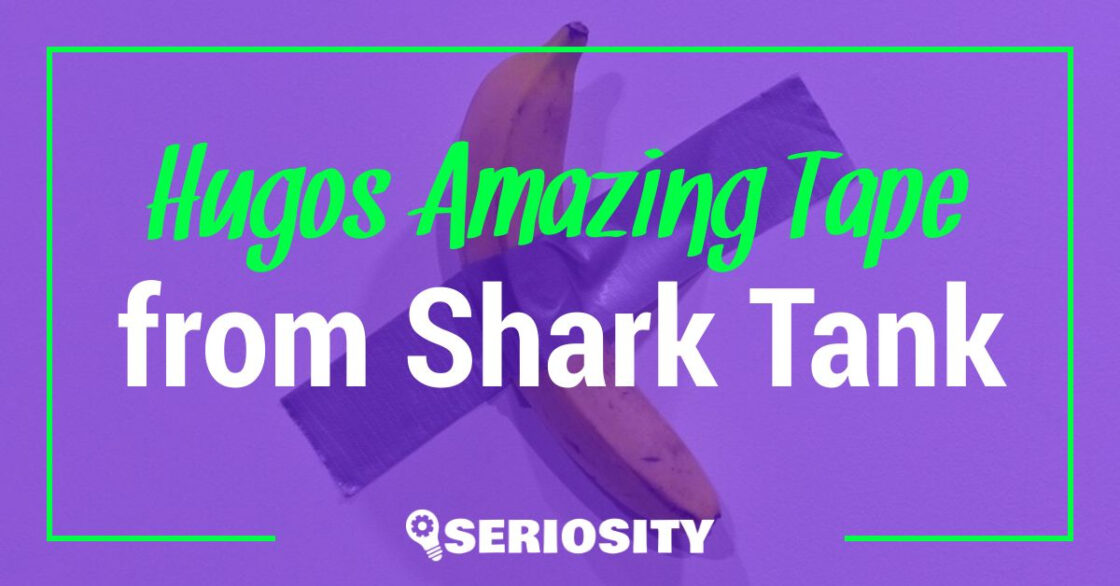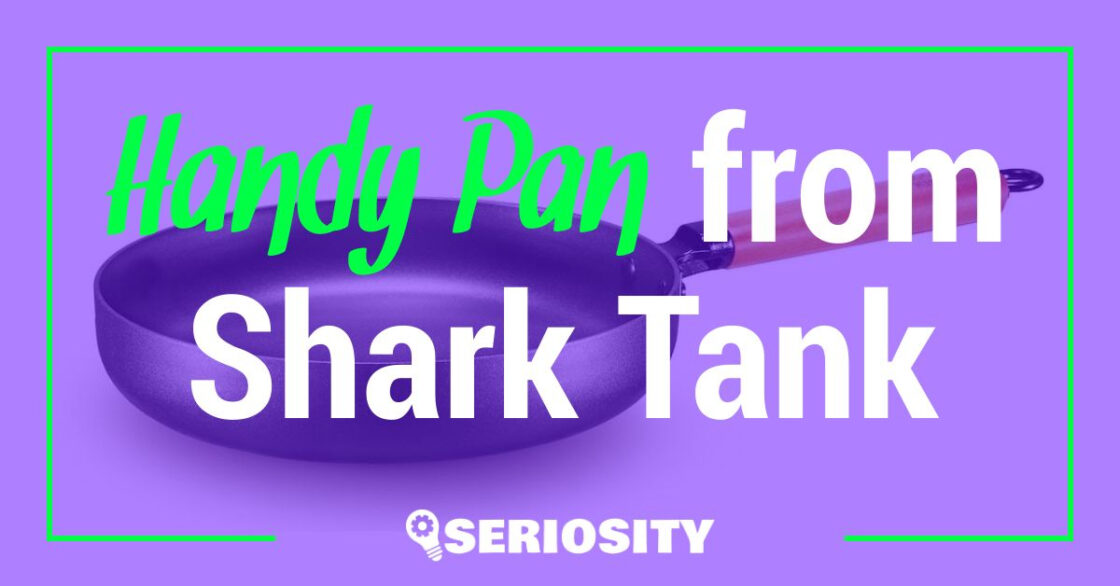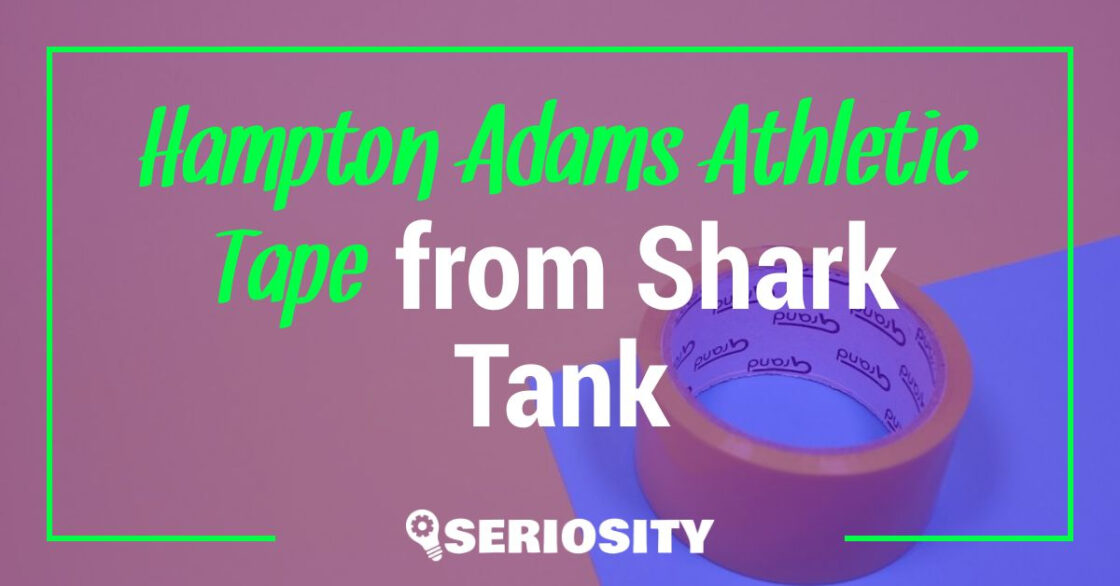In Season 6 of Shark Tank, some contestants had quite the novel idea on e-books, an idea that was gaining traction. Alex Milewski and Sherisse Hawkins were the masterminds behind the company ‘Beneath the ink.”
Beneath the Ink was a venture by Milewski and Hawkins that capitalized on providing a reader with inside information about the characters. It was almost like a special edition version of books only available online. Back in 2015, e-books were only becoming more common online, and Milewski and Hawkins saw that opportunity. E-books are electronic versions of books, and the introduction of technologies like the kindle has led many to prefer the paperless version of books.
Beneath the Ink had plans to capitalize on this increase in e-book sales. The software program would collaborate with authors on their books that were already printed. The authors could then annotate these books, and the e-book version of the book would have all the annotations and unique stories that the original book did not. The idea was a digital version of an annotated book where the reader would be given more insight into the characters as they read.
These annotations would not only be confined to text but rather would exist small videos, images, or even maps to help further the reader’s understanding of the story. Hawkins and Milewski had both worked in software engineering, so they knew their way around the e-books.
Beneath the Ink was unique since this was a novel idea that no one had thought of before. The creators introduced this idea when e-books were starting up, and they also had a plan on how they could make a profit. They weren’t just targeting authors; they were also targeting publishing houses. It was also a great way to create a special edition of a beloved book without wasting thousands of dollars on printing/packaging, and publishing houses would eat up anything that would bring them this kind of profit.
With all these prospects in mind, the duo presented their company Beneath the Ink to the Sharks. The company had already gotten a seed funding of $640,000 but needed more to expand its business. They came in with the notion of asking the Sharks $350,000 for 10% of their business.
They explained how the business worked and the properties that set them apart. Mark had a few questions. He wanted to know about the expenses and difficulty of the annotation process. Milewski stated that the process had its interface, which was easy to use.
Mark also wanted to know how the company made money. The creators stated that they sold licenses to major publishers and also earned royalties with the sale of the books. They called the process of annotation “Binking” and had 8 books under their belt thus far. Robert then asked if they had any notable writers lined up, and the creators said they did.
Kevin thought the company was ahead of its time and couldn’t commit. Mark didn’t think the technology was novel, so he didn’t provide an offer. Lori found the ordeal too complex and wanted to sit this one out. Barbara and Robert thought it was a great idea but ultimately couldn’t commit to an offer leaving the company empty-handed.
The company is still active. However, they are bringing in quite the profit as the company has a $2.5 million revenue.
Our Review of Beneath the Ink
Though they walked out of the Shark Tank without a deal, there are still good and bad matters about the company.
Pros of Beneath the Ink
It was ahead of its time. No one had thought of annotated versions of books quite as this company had. More commendable is that it genuinely felt like the creators knew what readers required. They seemed to understand the publishing industry and the reader’s psyche keenly.
The pros of Beneath the Ink were also that the creators had the business acumen and the expertise for the job. Both Milewski and Hawkins had previous experiences with Software engineering. Hawkins had worked for Time Warner and Disney, whereas Milweski had worked in software development for many start-ups. Together, they could fix any issues that the company would come up with in terms of Software.
Additionally, there’s also the fact that the duo had people already interested in investing in the idea. They had successfully raised $640K, which is quite a sum to raise. Thus, the investments and expertise meant Beneath the Ink could be very quickly successful.
Cons of Beneath the Ink
As Mark thought, Beneath the Ink could be seen as an extension of technology. Unless the company resorted to inventing new products repeatedly, someone else could come up with the same technology. The technology itself was not novel, even though the program that the creators came up with was.
There was also the matter of e-books and how limited their reading could be. E-books required smartphones and tablets, which in 2014 were quite expensive. Thus, the initial investment for e-books, even annotated, was something that readers could not easily afford. However, this made it all the more exclusive.
Who Is Beneath the Ink For?
Beneath the Ink is for all readers who want to know the nitty-gritty details of every character. It is for all aspiring writers who want to know more about the writing process and how their favorite authors concluded that they did. It’s an extension of the rich worlds that books would often provide their authors with.
Are There Any Other Alternatives?
Since Beneath the Ink came out with their idea, many have followed suit. Now many publishing houses allow their writers to annotate e-books independently. There are many subscription-based companies available that can provide authors with the same information as the annotations could. Furthermore, the growth of social media has made reaching out to authors relatively easy. Thus, they can answer all the necessary questions.
Our Final Thoughts
Beneath the Ink was quite the unique idea in 2015. However, there were already authors who were providing background about their characters without any extra charge, which is why something like Beneath the Ink could not be profitable. The company recognized this and now goes as PageDip, a company that works on content and business analysis.





